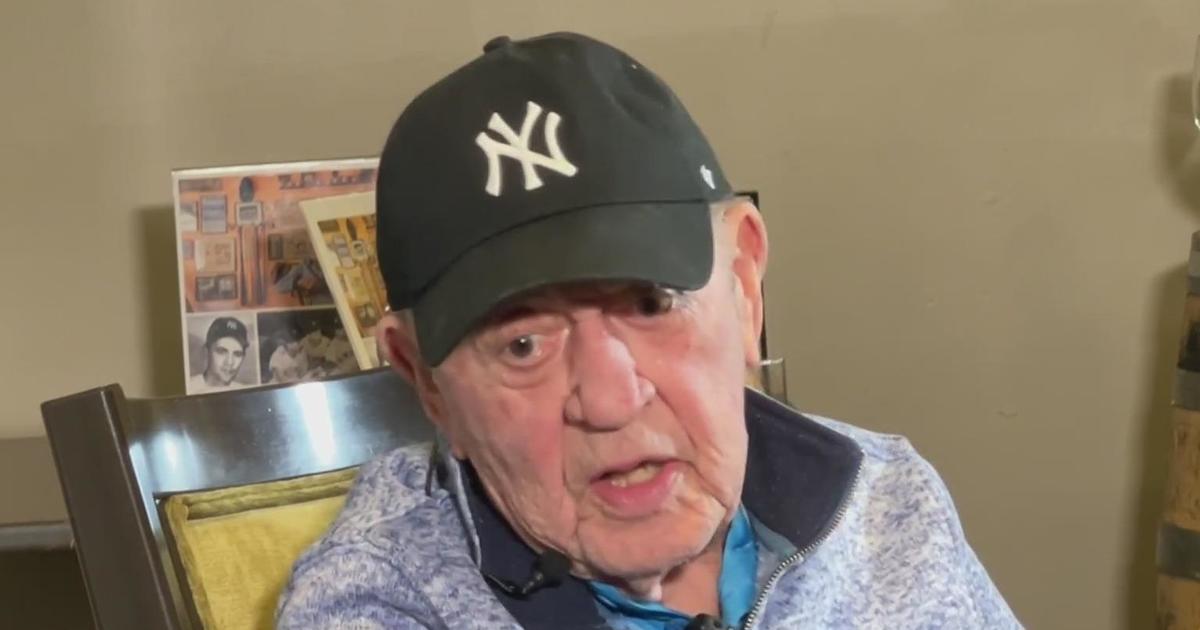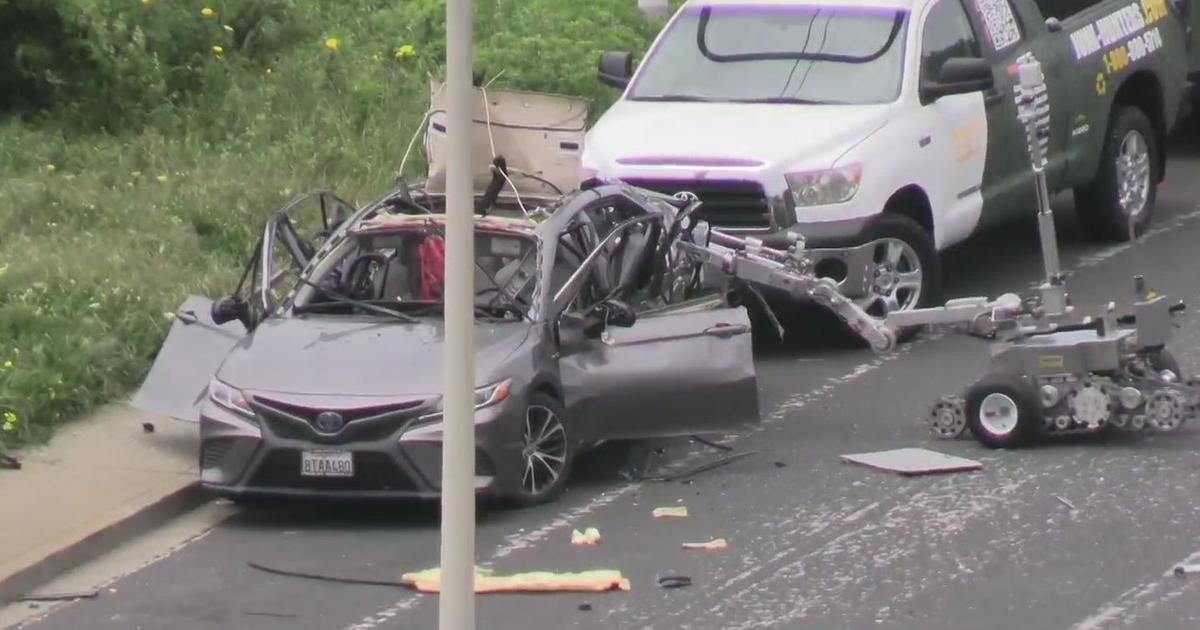Stanford Study On MLB COVID-19 Antibodies May Help Settle Debate On Infection Rate Of Virus
PALO ALTO (KPIX) - Some new antibody test studies are claiming COVID-19 death rates are smaller than expected. Whether it is one in ten, or one in 1000, the debate about the value of these studies is intensifying.
The results from the first nationwide antibody test study coming from Stanford University and involving Major League Baseball are expected any day now.
When Stanford releases the results, the question becomes how do to interpret these studies.
One recent antibody test study spearheaded by Stanford suggests the infection rate in Santa Clara County could be 85 times larger than the actual number of confirmed cases.
"So far what we see seems to give a consistent message that this is a very common infection. People don't even recognize they're infected," said Stanford University Epidemiologist and Professor of Medicine John Ioannidis. "There's both good news and bad news: The good news being it's a milder infection for most people, but bad in that this is very hard to contain."
Antibody test studies have also been conducted in Los Angeles, Miami and New York. But the Stanford-Major League Baseball study is the first to look at infection rates across the entire country.
Twenty-seven MLB teams distributed an estimated 300 tests each, to see how many of its 10,000 employees including field crews, players, front office executives, and even vendors tested positive for antibodies.
"It's another data point that would be interesting to compare with other data points from geographically-based studies. They have to see how each study is agreeing, or not agreeing with others," said Ioannidis.
Some proponents pushing policy makers to ease social distancing orders have used antibody test studies arguing if the number of infections is higher, then the mortality rate is lower. But others have called into question how samples were chosen, and the accuracy of finger prick tests used in some studies that haven't been approved by the U.S. Food and Drug Administration..
"The tests are good in concept but difficult in execution, interpreting the studies depends on which community you're looking at the results in," said Dr. Peter Chin-Hong, a professor of Medicine at UCSF.
"If you have a false positive of one percent, and 15 percent of people in the population tested positive, then 1 percent out of the 15% are false positives, then you have a pretty good idea of what's going on but It really depends on the actual numbers," said Dr. Bryan Greenhouse, a UCSF epidemiologist.
Dr. Jay Bhattacharya, a Professor of Medicine at Stanford who is leading the MLB study tells KPIX, the data from the 10,000 employees taking part in this nationwide antibody study has been analyzed.
His team is working on a final paper before the results are released.



